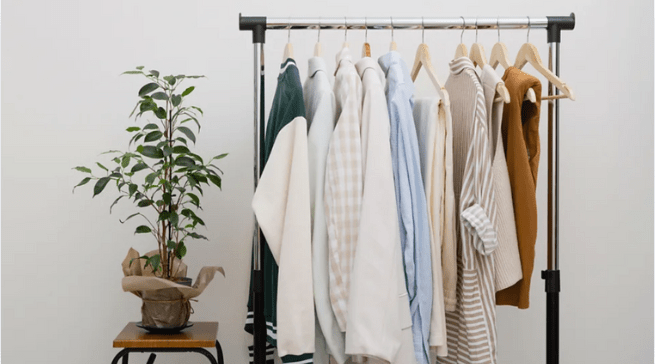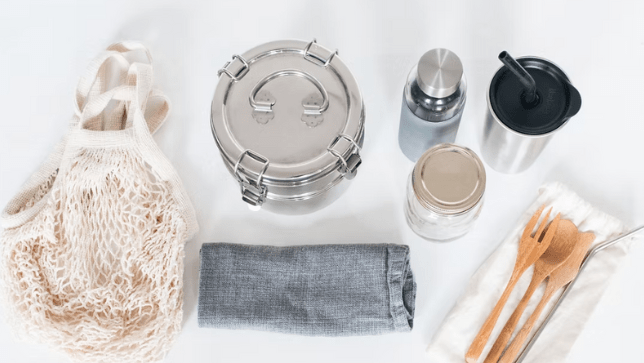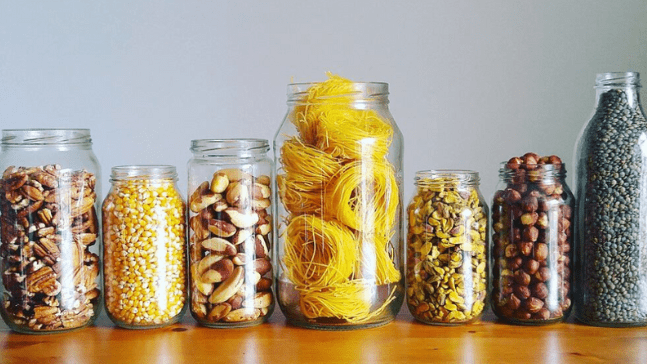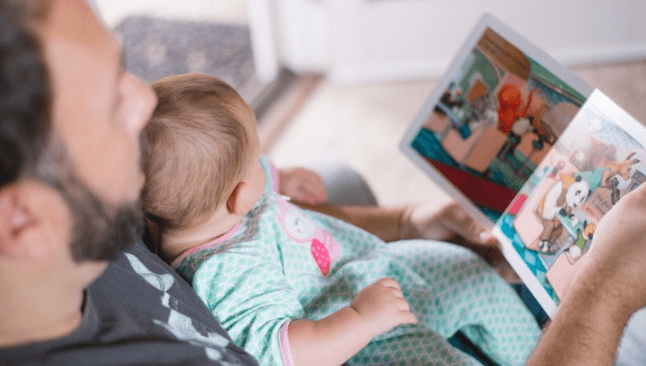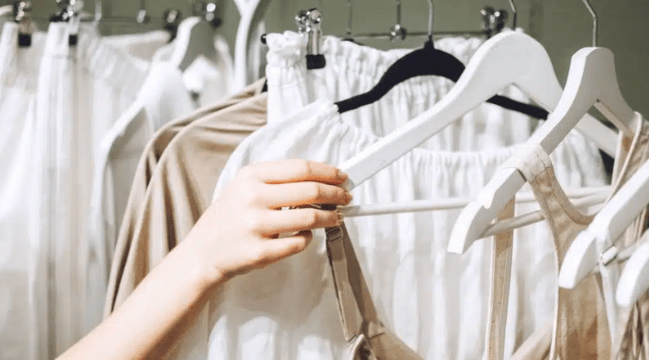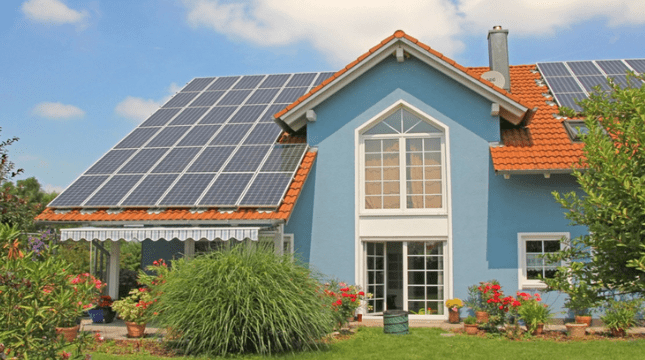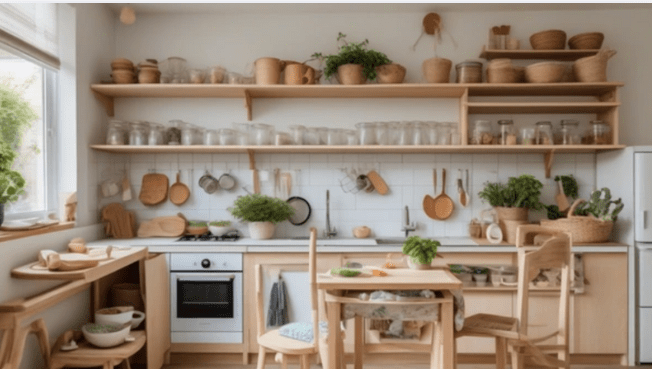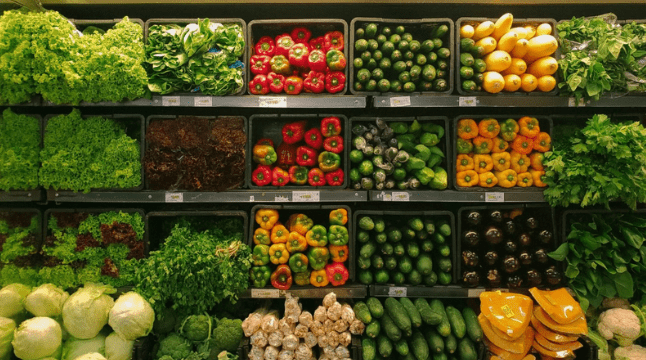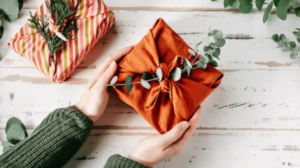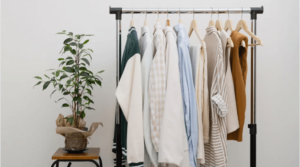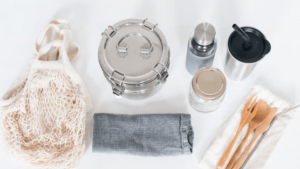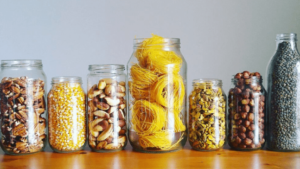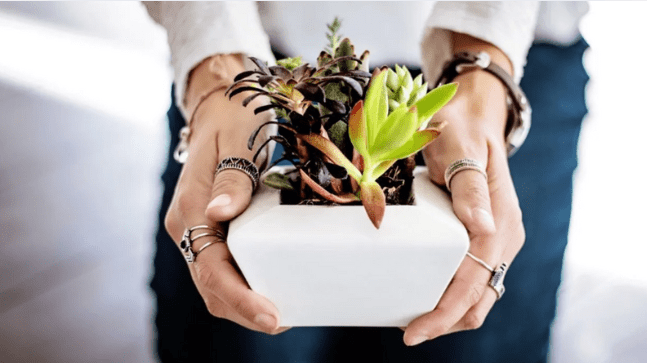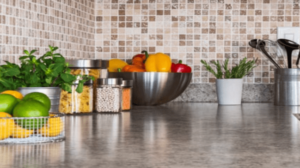Editorial: Baby Fashion Should Be More Than a Trend or Style Choice
Your baby’s first onesie may be small, but its impact might be huge — on the environment. The baby fashion industry is a leading contributor to textile waste, synthetic-based pollution, and poor labor conditions. And because babies outgrow clothes fast, most of the garments are worn for only a few weeks. But what if everything your little one wore were not just cute but also ethical, green, durable? For babies, sustainable fashion is just that — clothes that are soft for their skin and safe for the environment, and smart for your wallet. In this guide, we’ll decode all the ways you can dress your baby in comfort, conscience, and zero compromise.
Chapter 1: What Do We Mean by Sustainable Baby Fashion?
Eco-friendly baby fashion takes into account more than cute prints and cozy materials — it’s a holistic framework that prioritizes planet, people, and purpose. Key principles include:
-
Sustainable fabrics: Organic cotton, bamboo, hemp, and TENCEL.
-
Safe, non-toxic dyes: No icky stuff that can irritate baby’s delicate skin.
-
Ethical manufacture: Workers are paid fair wages, work in safe conditions, and never child labor.
-
Low-impact production: Little to no packaging, water-conservation practices, and responsible sourcing.
-
Durability: Clothes that stay looking good so that siblings and friends can share.
The result? Clothes that care as much as you do.
Chapter 2: The Problem With Traditional Baby Clothes
Fast fashion isn’t just a matter that plagues adults, but starts at birth. Most baby clothes:
-
Are constructed from regular cotton, which consumes 16% of the world’s pesticides.
-
Contain chemical residues such as formaldehyde, bleaches or AZO dyes.
-
Are mass-produced in factories with low labor standards.
-
Will arrive in single-use plastic wrapping.
-
Last only very briefly — 3–6 months — before being outgrown and tossed.
That’s an awful lot of waste for something your child wore five times.
Chapter 3: The Best Fabrics For Sustainable Babywear
Babies require soft, breathable, and chemical-free materials. Here are your top eco-friendly picks:
-
Organic Cotton: Grown without synthetic fertilizers, pesticides, or GMOs. Hypoallergenic and soft.
-
Bamboo Viscose: Antibacterial, breathable, extra soft on baby skin.
-
Hemp: Durable, antimicrobial, and softens over time in water.
-
TENCEL (Lyocell): Made from responsibly sourced eucalyptus pulp; soft and wicking.
-
Merino Wool: Temperature-regulating and biodegradable (ideal for winter gear).
You should always seek out GOTS (Global Organic Textile Standard) or OEKO-TEX certifications to make sure the fabric is really safe.
Chapter 4 – Best Sustainable Baby Clothing Brands
These are the best of the bunch when it comes to brands that make babywear both ethical and adorable:
-
MORI (UK): Gorgeous bamboo and organic cotton blends with ultra-minimalist design.
-
Finn + Emma (USA): GOTS-certified Cotton and fair trade practices.
-
TØY Babywear (Europe): Organic fiber gender-neutral essentials.
-
Burt’s Bees Baby: Affordable organic baby basics.
-
Hanna Andersson: Colorful organic cotton clothing that is also sturdy.
-
Pact: Certified organic cotton for your baby or toddler.
In addition, most of these brands utilize eco-packaging and back recycling or buy-back programs.
Chapter 5: How to Create a Sustainable Baby Wardrobe
Here’s how to steer clear of overconsumption and build a wardrobe that’s as minimal as it is mindful:
-
Think small: Babies don’t require 30 onesies. Make 6-8 pieces core in each size.
-
Opt for neutrals: Gender-neutral colors will make it simpler to reuse or hand down.
-
Size up smartly: If you’re looking for more mileage, some brands offer adjustable details.
-
Rock layers: The key to looking ‘rustic-cool’ while wearing layers is sporting versatile items on the bottom and a couple of statement pieces to complete the look.
-
Prioritize function: Steer clear from frills and zippers and synthetic details.
Even babies can benefit from a capsule wardrobe.
Chapter 6: SECONDHAND AND SWAPPING: The Real Eco-Heroes
Secondhand shopping or baby clothing swaps are one of the most effective actions you can take to lower textile waste. Options include:
-
Facebook Marketplace & family groups
-
Thrifting via the web: ThredUp, Kidizen, Poshmark
-
Local swaps/consignment stores
-
Rental services: UpChoose, The Little Loop (UK), Borobabi
Most baby clothes are gently used and in excellent condition—why buy new when lightly used is just as nice?
Chapter 7: Washing and Caring for Baby Clothes the Eco Way
Sustainability continues after the purchase. Preserve baby clothing greener:
-
Wash using cold water: Go green and save the fabrics!
-
Eco detergents: Look for fragrance-free, biodegradable products.
-
Go without fabric softeners: They frequently contain microplastics.
-
When you can, air-dry: Less energy and longer life.
-
Spot-clean over wiping: Just because you’ve wiped a baby down doesn’t mean it’s time for a whole-load change.
Caring better = clothes last longer = less waste, more value.
Sustainable Add-Ons For Your Little One
When it comes to a baby’s wardrobe, it’s not all onesies and footies — those babies also need accessories. Choose wisely:
-
Cloth diapers: Remove thousands of disposables from a landfill.
-
Organic cotton bibs and burp cloths: Soft on skin, and easy to launder.
-
Baby blanket made of wool or bamboo: Long-lasting and naturally insulating.
-
Safe pacifier clips and teethers: Constructed with wood or food-grade silicon.
-
Babywearing wraps: Organic cotton or bamboo for comfort.
It all adds up to a sustainable picture.
Chapter 9: Green-Friendly Gifting and Registries
Prospective parents often collect mountains of baby gifts — some of which are never used. If you’re organizing or attending a baby shower:
-
Ask for quality over quantity: A sparse collection like this goes much further than a closet full of outfits.
-
Add eco-friendly brands to your registry: Provide clear guidance to family.
-
Add tips on secondhand, or renting: Make reuse a norm.
-
Gift cards to ethical brands: Parents know best what they do and don’t have, but they will surprise us all and warm our hearts in the process.
An intentional registry minimizes waste and encourages mindful consumption.
Conclusion: Raise Little Humans with a Big Impact
Opting for eco-friendly baby clothing is about more than just what clothes to buy—it’s a lifestyle approach to child-rearing built around care, duty, and thought for the future. By swathing your little one in organic materials, shopping ethically, and producing limited waste, you’re building a world that will be beautiful when they are grown. And that’s the ultimate gift. Sustainable babywear is cuddly, safe, darling — and it says quite a lot about the type of future you hope for your baby.
FAQ: Sustainable Baby Fashion
Q1: Is organic baby clothing actually better for my baby’s skin?
A1: Yes. Bamboo and organic cotton are hypoallergenic, breathable, and are without the use of harsh chemicals to irritate your baby’s skin.
Q2: Are sustainable baby clothes expensive?
A2: They can be, yet they are more durable, reusable and hold their shape compared to fast fashion. Secondhand options and capsule wardrobes can also save money.
Q3: How many baby clothes do they really need?
A3: 6–10 onesies, 2–3 sleepers, 2 swaddles, and some accessories. Babies change quickly, so just keep it under control.
Q4: What don’t I want to do when shopping for baby wear?
A4: Steer clear of synthetic blends, such as polyester, artificial dyes, flame retardants and poorly made fast-fashion items that fall apart quickly.
Q5: Is it possible to build a completely sustainable baby wardrobe secondhand?
A5: Absolutely. Swaps, consignment, and online resale are where many parents staked out nearly all baby needs.

